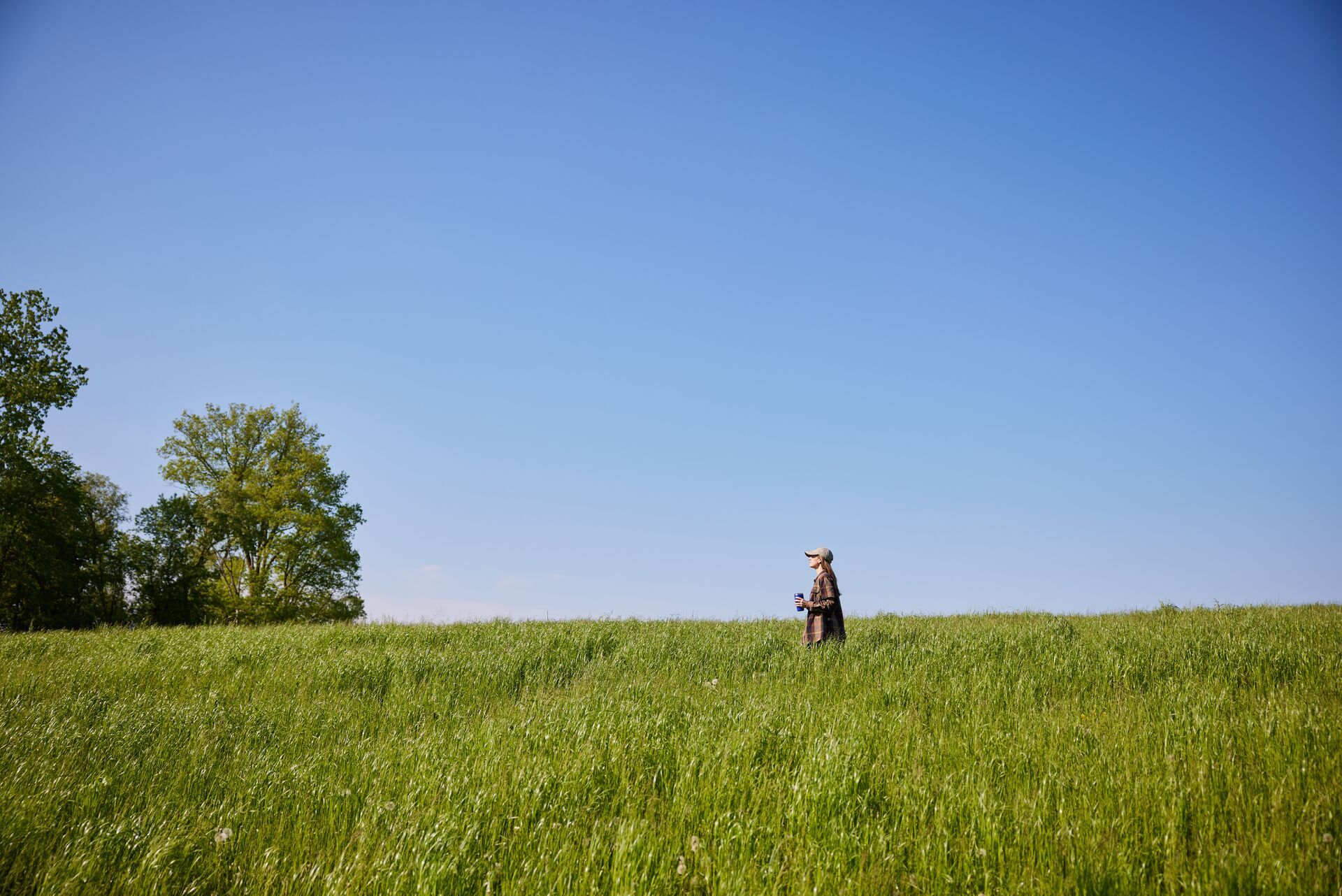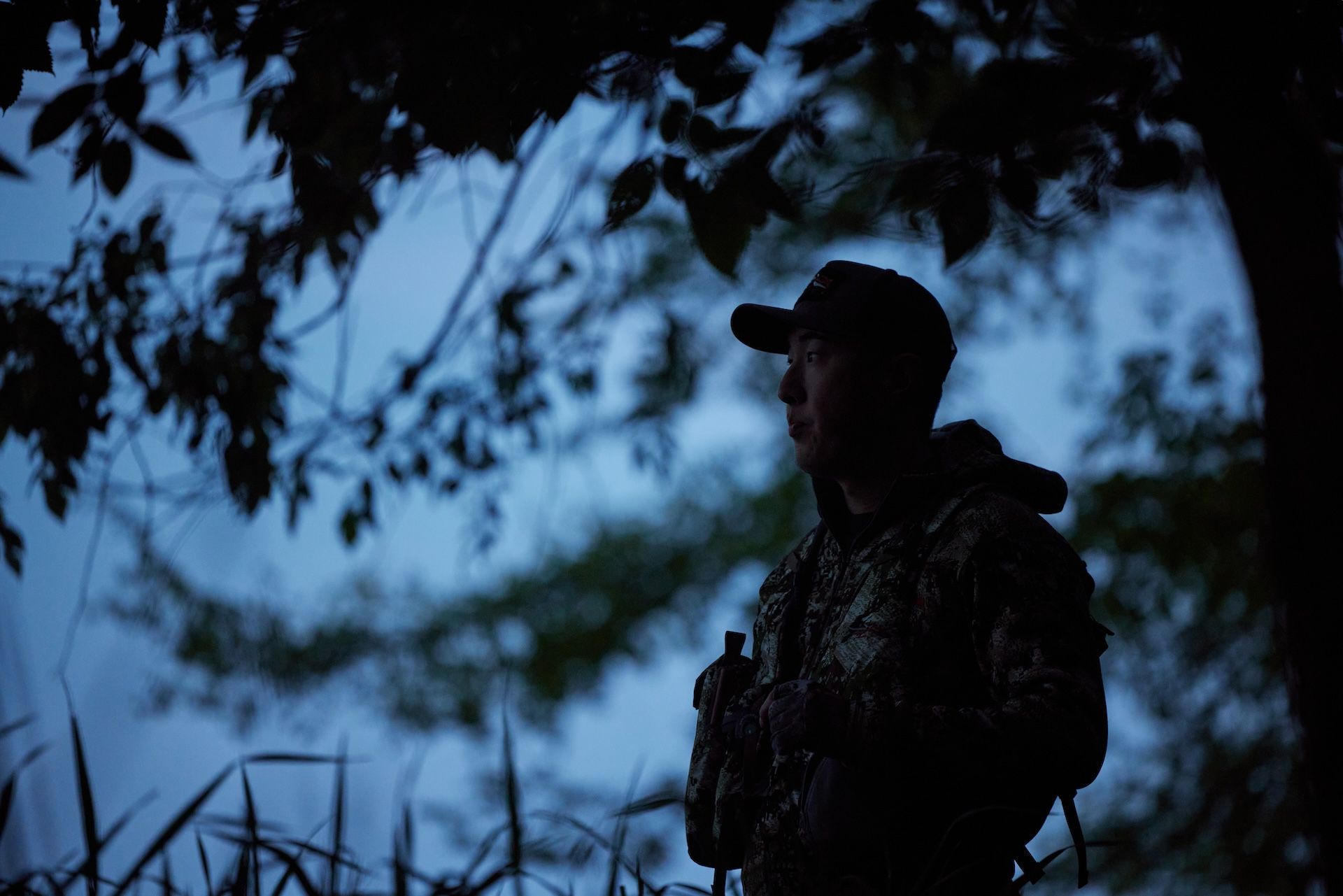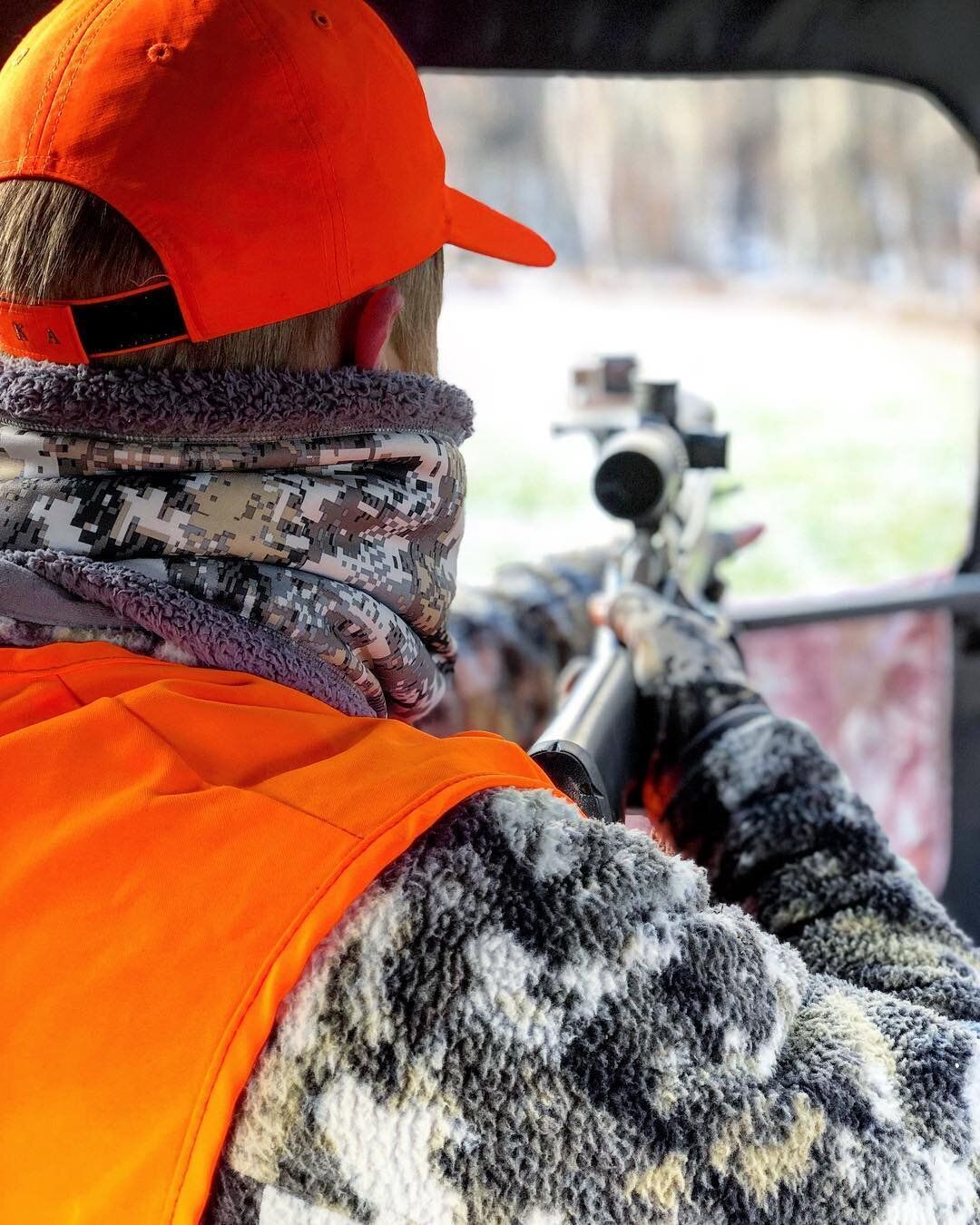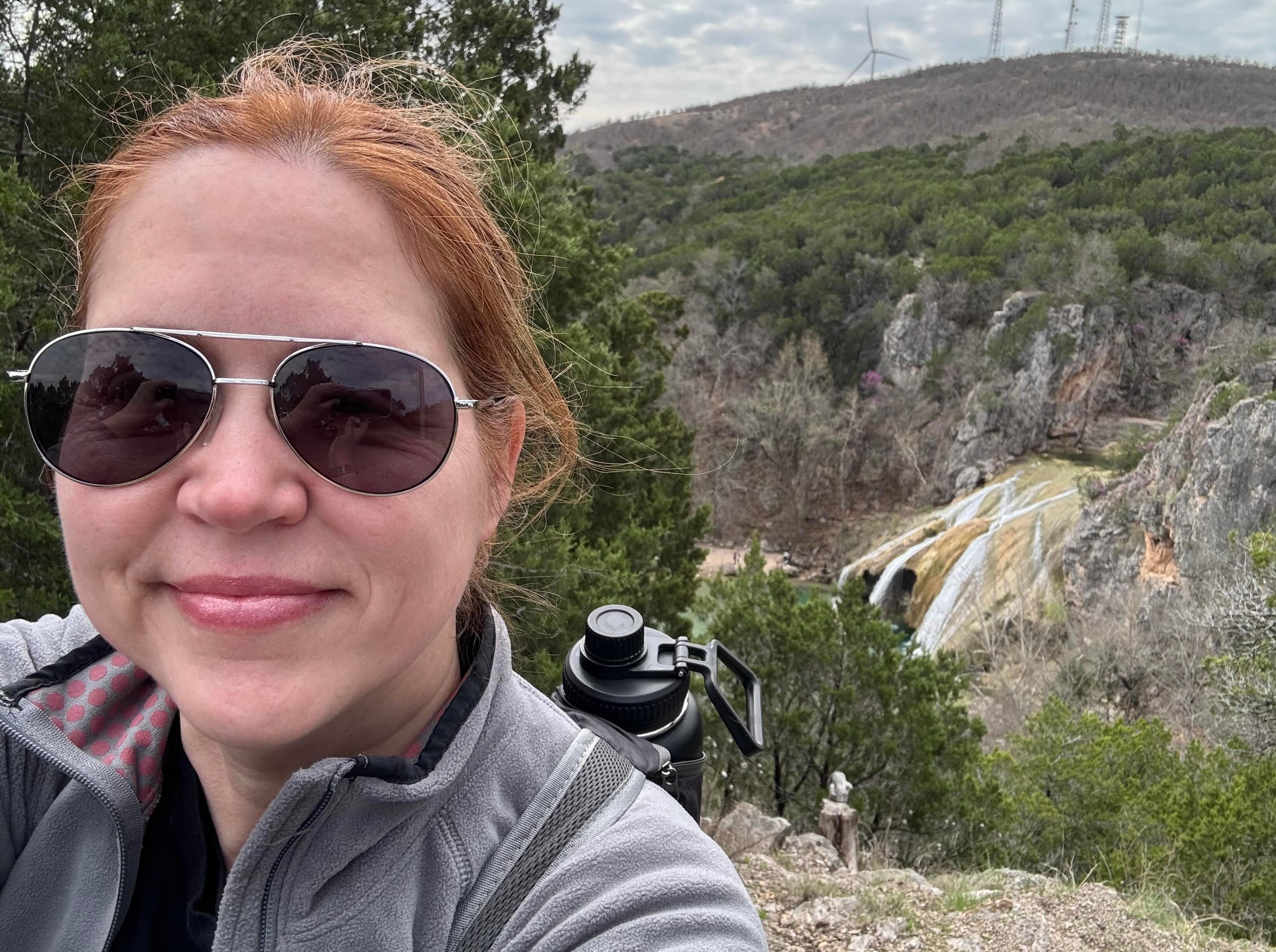Field Guide / Hunting Tips
Shed Hunting 101: How (and Why) to Find Sheds
The early spring pastime of choice for hunters across the country, shed hunting gives thousands of whitetail hunters a new excuse to get outdoors. For many, exercising and experiencing the whitetail woods in the spring opens new insights into the whitetail life cycle and familiarizes hunters with cold-weather deer habitats.
Previous in Hunting Tips
More Content Like This

How to Find Private Hunting Land Near Me: A Guide
The success of your hunting season could depend on the land you plan to hunt. Whether it's public or private land, you need a spot you can scout and learn about, then delivers on that big buck or turkey you want to bring home by the end of your time ...Read More
Read More
What to Know About Night Hunting Laws
Night hunting is an exciting and advantageous hunting strategy that can prove incredibly successful when targeting predators. However, not all states allow this form of hunting, and there is a distinct set of rules and regulations that vary by state ...Read More
Read More
How to Find Last Minute Hunting Land
Not all of us have acres upon acres of private hunting land at our fingertips. Finding a place to hunt can be challenging, especially at the last minute. Read More
Read More Hunting Tips
Hunting TipsHow to Find Private Hunting Land Near Me: A Guide
The success of your hunting season could depend on the land you plan to hunt. Whether it's public or private land, you need a spot you can scout and learn about, then delivers on that big buck or turkey you want to bring home by the end of your time ...Read More
Read More Hunting Tips
Hunting TipsWhat to Know About Night Hunting Laws
Night hunting is an exciting and advantageous hunting strategy that can prove incredibly successful when targeting predators. However, not all states allow this form of hunting, and there is a distinct set of rules and regulations that vary by state ...Read More
Read More Hunting Tips
Hunting TipsHow to Find Last Minute Hunting Land
Not all of us have acres upon acres of private hunting land at our fingertips. Finding a place to hunt can be challenging, especially at the last minute. Read More
Read More
1 of 3
